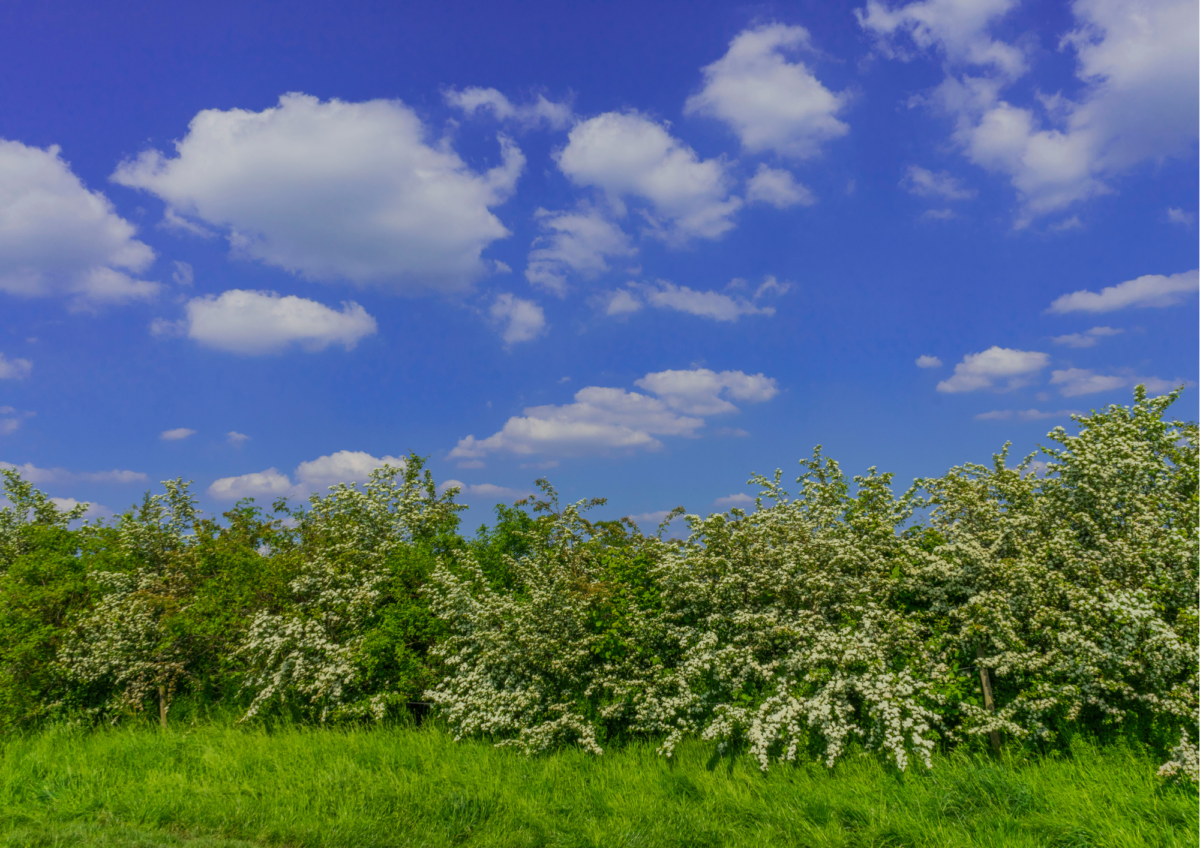764 meters of hedges will be planted this fall in Deux Roches vineyards

Deux Roches will soon plant hedges !
Our commitment for the biodiversity conservation and the respect for the environment is part of our Philosophy. We are committed to helping wildlife that thrives around and in our vines. In this process, we work hand in hand with the hunting union to plant more than 760 meters of country hedges in our vines.
Hedges are true ecosystems
Thanks to the shadow they bring and the humidity they retain, hedges create a microclimate and provide a perfect place to live for a hundred of animal species. Birds, mammals, reptiles, amphibians, insects, and spiders live together under the canopy.
Hedges are real assets for native biodiversity. Nest site for birds, refuge for bats, ecological corridors… each animal species can benefit from shadow and humidity they generate.
Hedges and winegrowing
Until not so long ago, hedges suffered at the hands of winemakers who disapproved their presence. But things have changed now and the presence of hedges around the vines has been made obvious, both for the benefits they bring to biodiversity and for services they render to winegrowers.
By hosting auxiliary species, hedges allow to fight against vine pests spread. They can also be used as windbreak, as well as they limit stormwater runoff and the soil leaching.
Hedges in Deux Roches vineyards
Thus, attracted by their ecological characteristics and the help that they will bring us, we are about to plant 764 meters of hedges on our plots in the Mâconnais.
A hedge is composed of several country trees species. We have chosen native species because they are adapted to our climate and to the diseases prevailing in our region. It will also be easier for native wildlife to implement in this new environment.
Tree species
Common hazel – Corylus avellana
Symbol of wisdom, hazel is a tree that can grow like a shrub. Its fruit, hazelnut, is much appreciated by small rodents such as squirrels. In summer, bees gather nectar from its flowers.
Blackthorn – Prunus spinosa
This thorny shrub blossoms since March, even before leaves appear. Its small white flowers make a royal feast for pollinating insects and its fruits are edible. The blackthorn also brings a great canopy for the native wildlife.
Common privet – Ligustrum vulgare
Privet foliage persists in winter. Its fragrant flowers are much appreciated by pollinating insects, but its fruits are toxic to humans. This shrub is ideal for country hedges.
Dog rose – Rosa canina
This wild rosebush is widespread in France. It is home to many insects and birds are crazy about its edible and rich in vitamin C fruits. Dog rose fits in well in country hedges next to blackthorn.
Bloodtwig Dogwood – Cornus sanguinea
Bloodtwig Dogwood takes its name from its red shiny bark. Its white flowers form small tassels in its dense foliage. Its fruits are toxic to humans, but much appreciated by birds.
Common elder – Sambucus nigra
Common elder has many medicinal properties: antiviral, antioxidant, anti-inflammatory, etc. This shrub is not only good for humans but also for wildlife. It is home to many insect species, such as sphinx of the elder, and to birds and rodents that are crazy about its fruits.
Serviceberry – Amelanchier ovalis
This shrub produces a large quantity of edible fruits which are much appreciated by birds and its white flowers attract many insects. Serviceberry is often used in country hedges.
European spindle tree – Euonymus europaeus
We easily recognize European spindle tree through its small, capsule-shaped, pink fruits. In the fall, shrub shines with flamboyant shades, making it a very popular ornamental plant. It is also very helpful to biodiversity.
7 June 2021


